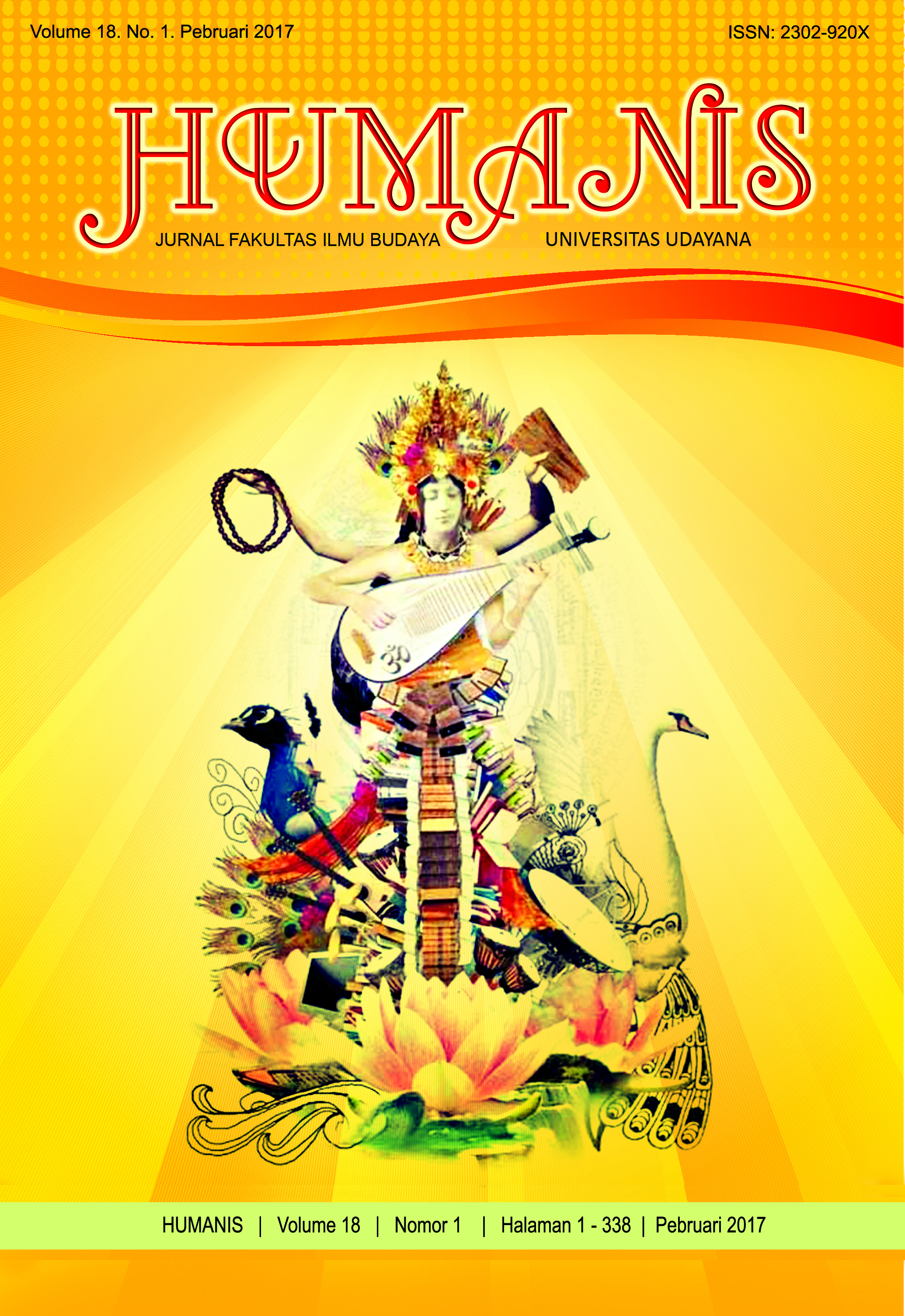Upacara Ngoa Ngi’i di Desa Sawu Kecamatan Mauponggo Kabupaten Nagekeo NTT
Abstract
Ngoa Ngi'i ceremony is one of the traditional ceremonies that is conducted by women in their first pregnancy, at the age of seven months of pregnancy in the Sawu Village,Mauponggo District, Nagekeo Regency of NTT. This ceremony is conducted in order to the pregnant women and the baby can be saved of invisible (supernatural) things. For Sawu Village people the Ngoa Ngi’i ceremony is a traditions that cannot be separated from their social life, if this ceremony is not conducted by them, they will take the invisible/supernatural consequences or the real consequences as a part of their law of tradition that is done for the community in the Sawu Village. The theory used in this research are; (1) The Structural Functional Theory by R. Radcliffe - Brown (2) Life Cycle Theory by Arnold Van Gennep. There are some concepts which applied, they are; Ngoa Ngi'i ceremony, ceremony, function, meaning and society. This is a qualitative and quantitative research include the methods and techniques of data analysis primary and secondary.
Process of Ngoa Ngi'i ceremony is consists of oko utu, gae ba'o yeu, ti'i ka pati ae, gedho sa'o, Ngoa Ngi'i, ka sama, and dheka bako mea moro. Ngoa Ngi'i ceremony has a function, namely as a transitional status of women in the Sawu Village, pleading safety of mother and baby reinforcement, Ngoa Ngi'i as social integration, and some other meanings, such as; a religious meaning, the meaning of kinship and meaning of education.


















